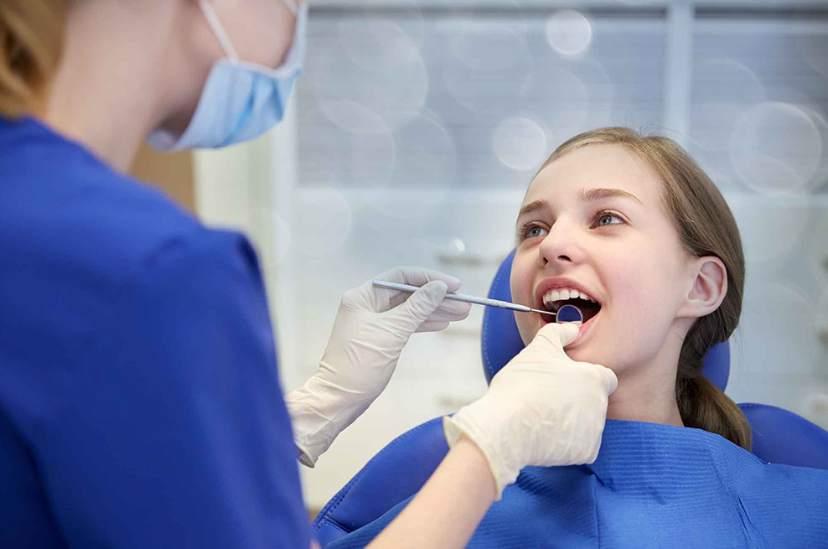The Evolution of Dental Alignment
The pursuit of perfectly aligned teeth has been a fascinating journey through human history. From ancient civilisations to modern dental practices, the science of orthodontic treatment has undergone remarkable transformations. Today’s sophisticated techniques, offered by specialists such as an experienced orthodontist London practitioner, represent centuries of innovation and refinement.
Ancient Beginnings and Early Innovations
The origins of orthodontic treatment date back to ancient civilisations, where early dental practitioners experimented with primitive alignment techniques. Archaeological discoveries have revealed that ancient Egyptians used crude metal bands wrapped around teeth, whilst the Etruscans employed gold wire to maintain spacing in their dental appliances.
The Renaissance of Orthodontic Science
During the 18th century, dental science experienced a remarkable renaissance. Practitioners began developing more sophisticated approaches to tooth alignment, laying the groundwork for modern orthodontics. This period saw the introduction of expansion devices and the first documented cases of successful tooth movement through applied pressure.
Modern Breakthroughs in Treatment
The 20th century heralded unprecedented advancements in orthodontic care. The evolution from traditional metal braces to contemporary clear aligners represents one of the most significant developments in dental medicine. These innovations have transformed the patient experience, making treatment more comfortable and aesthetically acceptable.
Contemporary Treatment Options
Today’s orthodontic patients benefit from a wide array of treatment options. Modern practices, particularly those found in metropolitan areas like London, offer cutting-edge solutions, including:
- Clear ceramic braces
- Self-ligating bracket systems
- Invisible aligners
- Lingual braces
These advanced treatment methods have revolutionised the field, allowing orthodontists to achieve precise results whilst maintaining patient comfort and confidence throughout the treatment journey. The integration of digital technology has further enhanced the capability to plan and execute complex cases with unprecedented accuracy.
See also: Expert Dementia Care in Houston: Personalized Support for Every Stage
Technological Integration in Modern Practice
The integration of digital technology in orthodontic practices has revolutionised treatment planning and execution. Three-dimensional imaging, computer-aided design, and artificial intelligence have become integral tools in contemporary orthodontic care. These advancements enable practitioners to create highly personalised treatment plans that consider each patient’s unique dental structure and facial aesthetics.
The Role of Preventive Orthodontics
Modern orthodontic care increasingly emphasises the importance of early intervention and preventive measures. By identifying potential alignment issues in childhood, orthodontists can implement interceptive treatments that may reduce the complexity and duration of future interventions. This proactive approach has become a cornerstone of contemporary orthodontic philosophy.
Patient Experience and Treatment Duration
The evolution of orthodontic techniques has significantly improved the patient experience. Treatment times have been optimised through enhanced materials and methodologies, whilst patient comfort has been prioritised in the design of modern appliances. The psychological impact of treatment has also been considered, with many current solutions offering discreet options that allow patients to maintain their confidence throughout their orthodontic journey.
Maintenance and Long-term Success
The success of orthodontic treatment extends beyond the active treatment phase. Modern approaches emphasise the importance of proper retention and maintenance protocols. Patients are provided with comprehensive aftercare instructions and regular monitoring to ensure the longevity of their results. This attention to post-treatment care has significantly improved long-term outcomes.
The Future of Orthodontic Care
As dental science continues to advance, the future of orthodontic treatment holds exciting possibilities. Emerging technologies such as bioactive materials and customised 3D-printed appliances are set to further revolutionise the field. These innovations promise to enhance treatment efficiency whilst providing even more comfortable and personalised solutions for patients.
The orthodontic landscape continues to evolve, with practices in major cities leading the way in adopting cutting-edge technologies and techniques. From the earliest attempts at dental alignment to today’s sophisticated procedures, the journey of orthodontic transformation reflects humanity’s ongoing quest for dental perfection and optimal oral health.
Looking Ahead in Orthodontic Innovation
The field of orthodontics stands at the threshold of a new era, where technological advancement and traditional expertise converge to create unprecedented opportunities for dental transformation. As techniques continue to evolve, patients can look forward to ever more efficient, comfortable, and effective treatment options, ensuring that the future of orthodontic care remains bright and promising.





